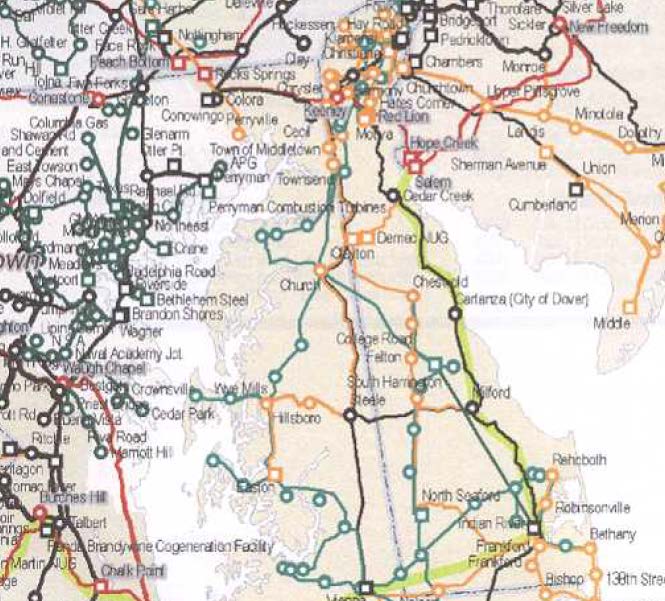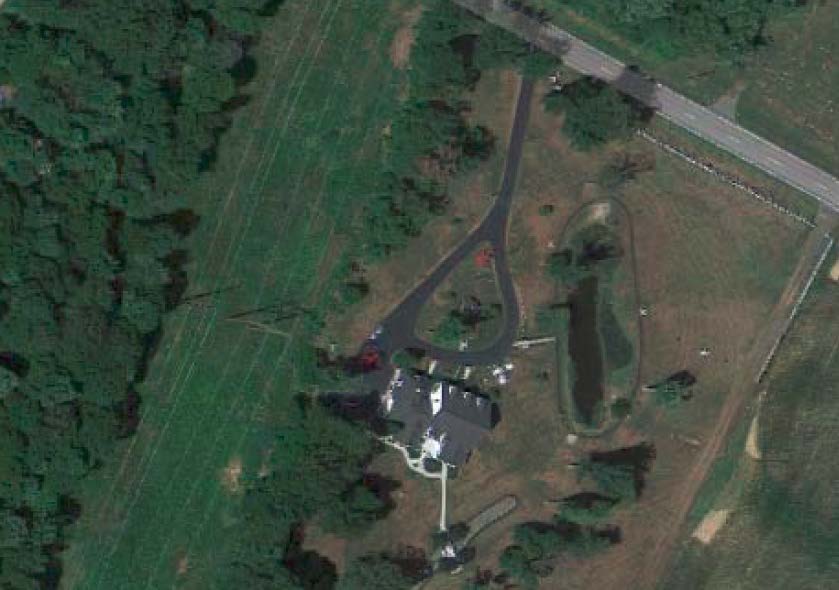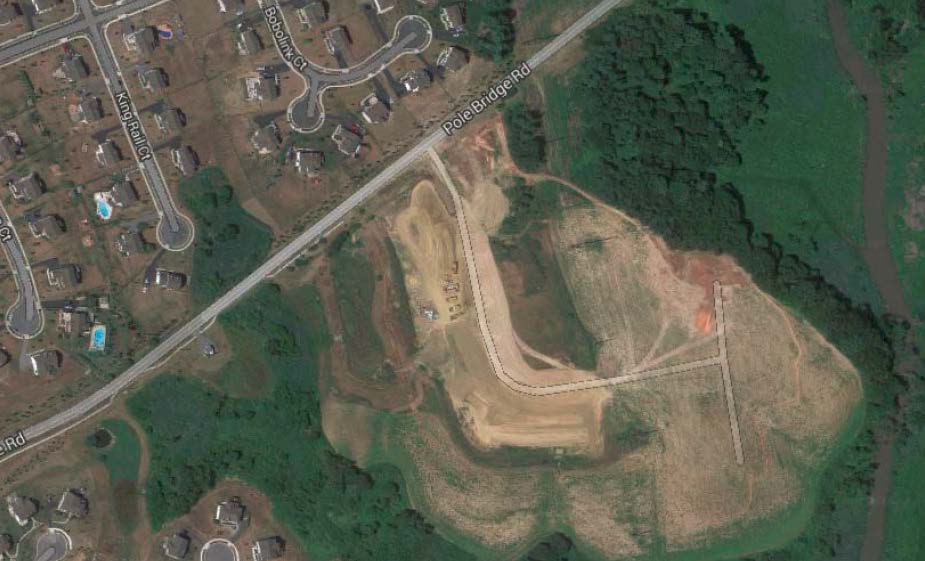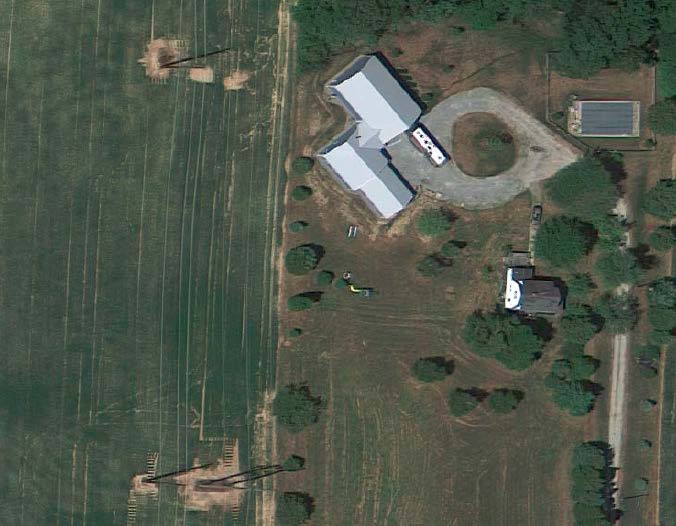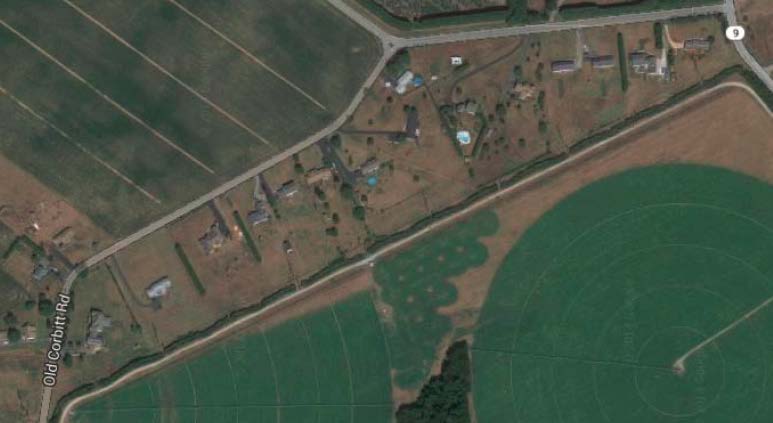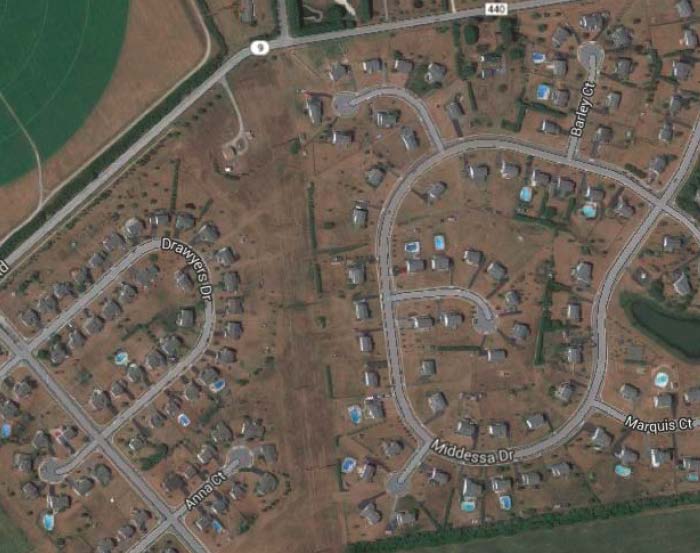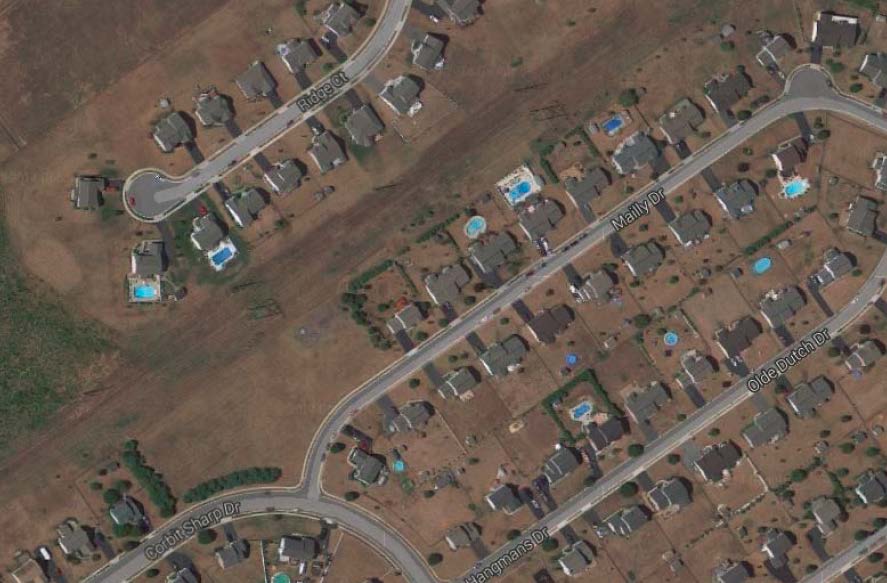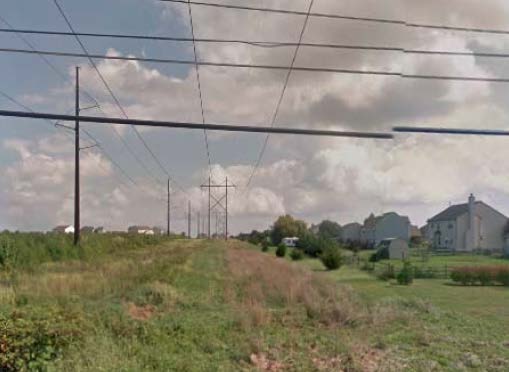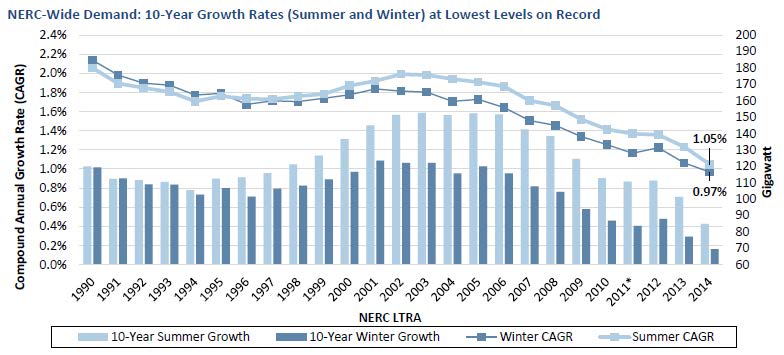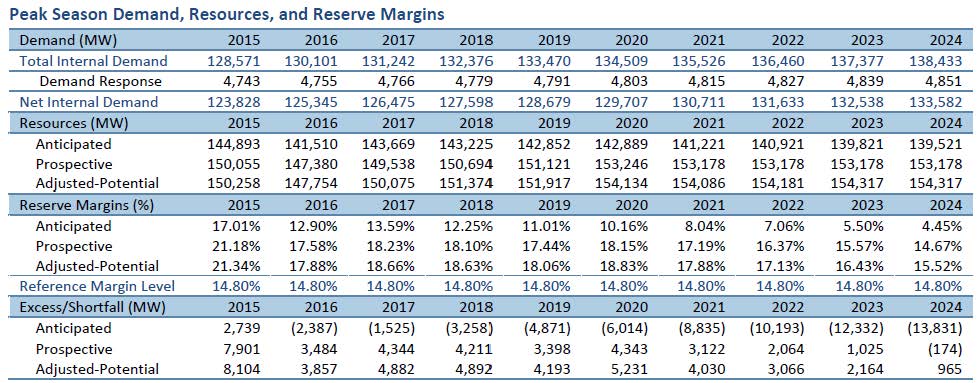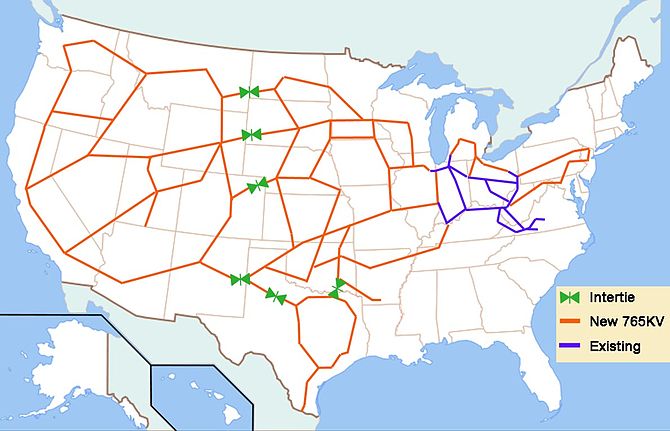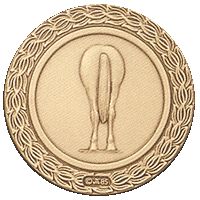“Invitation to Consult” on Great Northern Transmission
January 20th, 2015
Interesting letter arrived today:
It says that “DOE is contacting you because you submitted comment(s) related to cultural resources during the open NEPA public scoping period for the proposed GNTL project.”
???
So what does that mean? What’s involved? Sending info to them? Sending more Comments? Attending meetings? A free trip to D.C? A self-funded trip to International Falls in February?
“Consultation” is a term of art in federal permitting, and is required with all Indian tribes, of which there are several in the area of the project. In this case, they also specify “the State Historic Preservation Officer” and “the Advisory Council on Historic Preservation,” and also “certain individuals and organizations…”
Here’s the National Historic Preservation Act of 1966 (NHPA)
Are “historical resources” all that they’re concerned about, is there a special category for “cultural resources?” Or are different people invited to consult on different categories?
And if this is something I want to do, and it is, I have to “include information about your demonstrated legal or economic relation to the undertaking” … (odd word, that)… ” or to properties potentially affected by the proposed GNTL project…”
 Guess I’d better figure out what I said in those comments first!
Guess I’d better figure out what I said in those comments first!
Delmarva Power to rebuild transmission in DE?
January 3rd, 2015
Delaware’s a small state, and it’s just the wrong shape for getting a good transmission map. Click the above one for a larger view, but it’s still hard to see. But check it out! Take a look at that black line, stretching from Red Lion down to Milford. That’s the 230 kV line that Delmarva Power wants to rebuild. If they play this as I think they will (please prove me wrong), they could use this “rebuild” to significantly increase transfer capacity, which given the withdrawal of the Mid-Alantic Power Pathway (MAPP) transmission project, that’s something to watch for.
Public meeting about transmission line rebuild
7 p.m. Wednesday, Jan. 7, 2015
Odessa Fire Company
304 Main St., Odessa, Delaware
Hosted by Delmarva Power
There’s essentially no regulation of transmission in Delaware, a fact that’s hard to believe given the impacts and power associated with transmission. This project is intended to go right down an existing easement, but the original line was built 50 years ago, and there’s been a lot of development in Delaware since then. Look at the map, and there’s a lot of development right next to this transmission line. Do you think these folks know anything about this transmission plan? Do you think anyone along that easement is getting direct notice about this???
At first glance, a couple of things occur to me.
- Rebuild? As always, I want to know the details. they say it will still be at 230 kV. Let’s have the conductor specs, particularly. How big a conductor are they using, ACSR or ACSS or higher capacity? Will they be rebuild as a single or double circuit, and will it be bundled or not? Here’s the photo of the line, photo from Snooze Urinal, and it’s as it looks to me from driving under it numerous times on the way to/fro Port Penn:
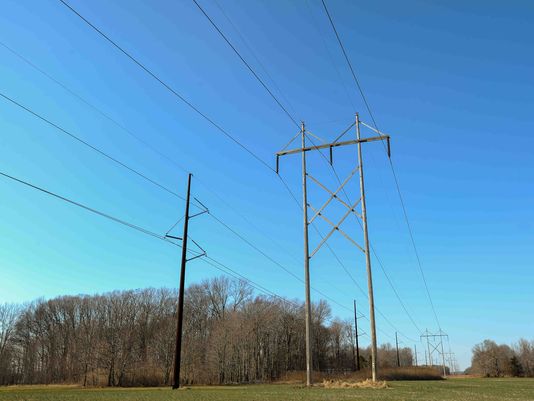 Photo from The News Journal, delawareonline.com
Photo from The News Journal, delawareonline.com
- Use of existing easement or extending beyond? In their press release, there’s something disturbing about how they say they’re going to build this thing:
So looking at this photo above, it’s facing north, the H-frames are on the east side, the monopole on the west, and the News Journal report says:
How is that possible? The H-frames have been there a long time, and rather recently they added the monopole next to it. Now now this will be “built along the eastern border of the existing right-of-way.” EH? Here’s an example, at the intersection of Port Penn Rd. and the line, the “east” is on right on this photo/map (click photo for larger version):
This is what it looks like at the road, looking down the easement with home on the left:
And here’s another example, at the intersection of Pole Bridge Rd. and the transmission lines, also on the way to/fro Port Penn, note the new subdivision roads, Waterbird Lane and Marsh Hawk Court:
Here’s another at 955 Vance Neck Rd (the road is just to the south):
Let’s keep going further south along the easement. Here are homes along Old Corbett Rd. near the intersection of Hwy. 9 — note it’s turned around to fit better, the “easterly” direction they’ll build into is the area towards the homes:
Here’s another subdivision on the other side of Hwy. 9, and the homes along Middessa Drive:
Just a little further south, where the line turns southwesterly, the line is abutted by the homes on Mailly Drive and Corbit Sharp Drive:
Here’s what that easement looks like — build this new thing on the easterly border of the easement? I think not!
And this northern Red Lion to Milford section of the transmission “rebuild” terminates at the Cedar Creek substation, technically in Townsend:
Again, do you think these folks know anything about this transmission plan? Do you think anyone along that easement is getting direct notice about this???
Here’s Delmarva’s Press Release:
Press Release 12/23/2014 – Delmarva Power Project to Benefit Delaware
Here’s the report from the News Journal:
Delmarva to brief public on transmission line rehab
The electrical spine of Delaware is set for a $70 million rehabilitation.
The utility will host a public meeting to brief the community on the project on Wednesday in Odessa.
Contact Staff Writer Xerxes Wilson at (302) 324-2787 or xwilson@delawareonline.com.
For more information:
Delmarva Power will host a public meeting at 7 p.m. Wednesday, Jan. 7, at the Odessa Fire Company, 304 Main St. in Odessa.
It’s the 2014 NERC Report!
December 12th, 2014
EEEEEEEEEE-HA! The NERC Report is out:
I love the NERC Report — the annual Long Term Reliability Assessment from the North American Electric Reliability Corporation. Why? Well, it’s a nice offset to the gloom and doom of the MTEP promotional pieces because NERC features tables like this:
What’s not to like about “NERC_Wide Demand: 10-Year Growth Rates (Summer and Winter) at Lowest Levels on Record” as a leading table?
Better yet, they go area by area, and show, even using utility provided data, that it’s not nearly as bad as the utilities claim in their hystrionic applications and testimony. Let’s look at the bottom line in the section about MISO (click on table for larger view):
NERC Reliability Assessment, p. 38 (or p. 46 of 115 pdf). Note how this is NOT scary histrionic data here?!?! Also note, they use coincident peak for forecasting, as they should. If I hear one more “non-coincident peak” being used, I shall scream!
Again, it’s the 2014 NERC Reliability Assessment. Check this out for a more rational view.
12/19 – Power Plant Siting Act Annual Hearing
December 12th, 2014
It’s that time of year… the time that we get to tell the Public Utilities Commission what does and does not work about the Power Plant Siting Act. We’ve been doing it for years, 15 or so years, and have spent over a year now in a rulemaking on the PUC’s rules, Ch. 7849 (Certificate of Need) and Ch. 7850 (Power Plant & Transmission Siting) where some of these long complained of problems will be address (with any luck). And now, again, it’s time to reinforce those comments with another round of comments:
After the hearing, now officiated by an Administrative Law Judge (new as of a few years ago), a report is issued to the PUC and then ??? It used to go to the legislature, and it used to go to the EQB… guess I have to find out what happens now.
December 19, 2014 beginning at 9:30 a.m.
Public Utilities Commission
3rd Floor Large Hearing Room
121 – 7th Place East
St. Paul, MN 55101
Each of you who have experience siting and routing of large electric energy facilities — this is the time to weigh in. Remember that this is NOT project specific, it’s not about where a project goes of whether it does, but it’s about how the process works or doesn’t, so for example, it’s the time to let them know that notice isn’t being provided, or that witnesses should be sworn on oath so that testimony will be given more weight, etc. You can do it in person, and you can do it by filing comments.
Here is the Power Plant Siting Act, which governs the siting and routing of large energy facilities:
Here are some prior dockets (to access the entire docket, individual comments, etc., go to the PUC’s “SEARCH” site and plug in the docket numbers :
2006 Report to PUC – Docket 06-1733
2007 Report to PUC – Docket 07-1579
2008 Report to PUC – Docket 08-1426
2009 Report to PUC – Docket 09-1351
2010 Report to PUC – Docket 10-222
2011 Report to PUC – Docket 11-324
2012 Report – Docket 12-360 –2012 Report Exhibits
2013 Report – Docket 13-9650143-96999-01
Look what AWEA wants for us!
November 1st, 2014
There’s the Forbes article about American Wind Energy Ass (AWEA) advocating for this massive mess of new 765 kV lines.
Experts: Reducing Carbon Emissions and Increasing Grid Reliability are Doable
Experts? Ummmm, AWEA? No, they are NOT transmission experts, they are only expert in doing what their masters pay them to do. Here’s their “vision” from a couple of years ago:
Report – Update to the Superhighways report that AWEA’s Michael Goggin wrote in fall 2013.
In Minnesota, there’s one paralleling the CapX 2020 line, then another cutting the state in two from Big Stone to the Metro, and another from Split Rock to Adams along I-90. Who the hell do they think they are to advocate for this overkill of transmission? And note that in the Dakotas, as always, they start at the big coal plants. Infrastructure like this is the best way to assure coal never shuts down, adding capacity instead of shutting coal down and using that capacity. And if they do it this way, then they can run our coal plants forever. Oh, right… this is the plan AEP supports.
First and foremost, remember that this is about economics — money and profit from building transmission and providing transmission service — the grid IS electrically reliable, so says NERC in its latest State of Reliability 2013 Report:
And here’s the NERC Report (one should be due out soon, used to be October, but they’ve pushed it back):
What strikes me is that so many are willing to believe that the electric grid is not “reliable” and are willing to attribute economic issues like “congestion” to claims that the system is not reliable. And then there’s their successful effort to shift cost allocation so that the generators no longer pay for transmission necessary to access and safely operate the grid. In the past, generators paid, but then in the gas plant surge over a decade ago, so many were built without transmission upgrades that we were in transmission deficit, evidenced in the 2001-2004 SW MN 345 kV Four Certificates of Need (MN PUC Docket 01-1958). Check this TLTG Table, click for a larger version:
 For their 1-H option, the one that the enviros agreed to in this project, acquiesced to (remember, this was the project where they got a group together and asked “What would it take to support this project?”), the system starts out with a 1475 MW deficit. It’s not until they’ve fixed some long standing problems, such as the sagging Wilmarth line, and the FT. CALHOUN INTERFACE which is in the base case (!!!!), and after spending over $138 million including their wide ranging “base case” of necessary fixes, that they start actually adding some system capacity. DOH! Give me a break…
For their 1-H option, the one that the enviros agreed to in this project, acquiesced to (remember, this was the project where they got a group together and asked “What would it take to support this project?”), the system starts out with a 1475 MW deficit. It’s not until they’ve fixed some long standing problems, such as the sagging Wilmarth line, and the FT. CALHOUN INTERFACE which is in the base case (!!!!), and after spending over $138 million including their wide ranging “base case” of necessary fixes, that they start actually adding some system capacity. DOH! Give me a break…
The real problem is failure to make those added generators pay for fixing the system impacts, and then the desire to add wind projects without making them pay for system impacts, and more importantly, of wanting to add wind on top of the existing coal generation, without removing the coal which would make plenty of room for wind. The price of their wanting to “find a way forward for coal.”
American Wind Energy Ass, how dare you. This one’s for you:
From AWEA’s 2012 IRS 990 (the most recent one on Guidestar), p. 25 and 29:

